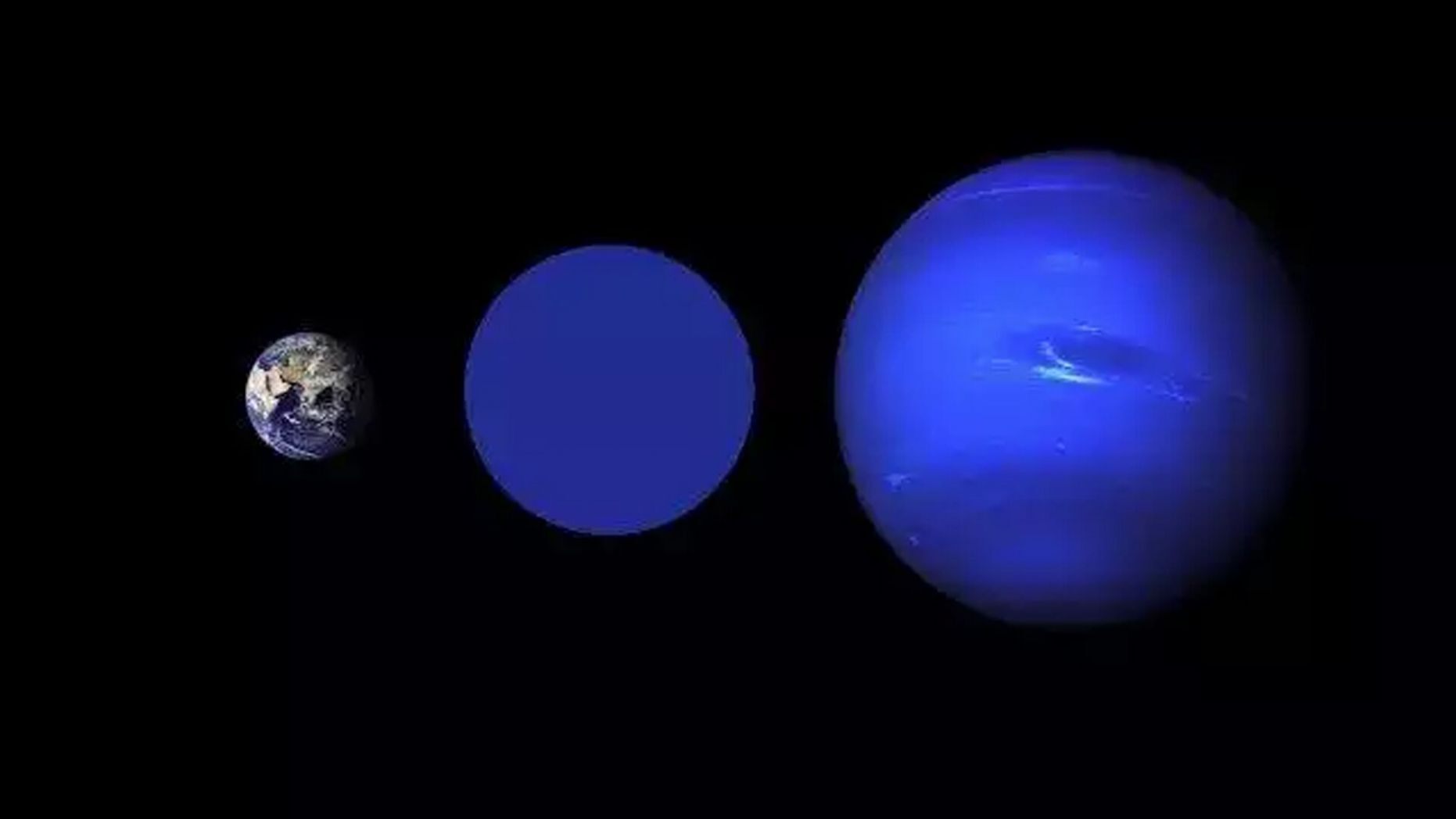Exoplanet ‘twice the size of Earth’ discovered 145 light-years away

An exoplanet twice the size of Earth, known as Wolf 503b, has been found just 145 light-years away from our home planet.
The researchers noted that Wolf 503b is interesting not only because of its size (it may potentially be a “Super-Earth”), but also because of its orbit — it revolves around its star once every six days.
An exoplanet is a planet outside our solar system.
“Wolf 503b is one of the only planets with a radius near the gap that has a star that is bright enough to be amenable to more detailed study that will better constrain its true nature,” said Björn Benneke, a UdeM professor, in a statement. “It provides a key opportunity to better understand the origin of this radius gap as well as the nature of the intriguing populations of ‘super-Earths’ and ‘sub-Neptunes’ as a whole.”
PLANET NINE AND SIX OTHER BAFFLING SPACE MYSTERIES SCIENTISTS CAN’T EXPLAIN
The findings were published in a study conducted by American, Canadian and German researchers. Merrin Peterson, a graduate student from the Institute for research on exoplanets is the lead author on the study.
The new exoplanet was found using data from NASA’s Kepler Space Telescope, which provided a further affirmation that most planets in the Milky Way galaxy are approximately the same size as Wolf 503b.
“Since there is nothing like them in our solar system, astronomers wonder whether these planets are small and rocky ‘super-Earths’ or gaseous mini versions of Neptune,” the statement added.
Wolf 503b’s close proximity to Earth makes it appear brighter than other objects in the sky. Given its brightness, researchers are hoping to next look at the mass of the planet, which could tell something about its composition.
PLANET NINE MAY EXIST, BUT IT MIGHT BE HIDING BEHIND NEPTUNE
If it has a composition similar to Earth, it would have to have a bulk density approximately 14 times its mass. If it were like Neptune, with an atmosphere largely comprised of gas, “it would be approximately half as massive,” researchers said.
The program used to identify Wolf 503b also found that its host star is an orange dwarf, meaning its not as bright as our Sun, but twice as old. Peterson said that the discovery and confirmation of the new exoplanet “was very rapid,” citing the latest release of the Kepler K2 data in May.
Due to its proximity to Earth, Wolf 503, the star Wolf 503b orbits, will be a “prime target” for the James Webb Space Telescope, which will help determine the planet’s atmosphere and see if it contains any of the necessary building blocks for life, including hydrogen and water.
ALIEN LIFE LOOMS? NEWLY DISCOVERED EXOPLANET MAY BE BEST CANDIDATE, EXPERTS SAY
“By investigating the nature of Wolf 503b, we’ll understand more about the structure of planets near the radius gap and more generally about the diversity of exoplanets present in our galaxy,” said Peterson. “I look forward to learning more about it.”
The find is the latest in a host of new planet discoveries. In February 2017, an international team of astronomers announced the discovery of 60 new planets orbiting stars close to Earth’s Solar System, including a rocky “super Earth.”
In the same month, NASA revealed the discovery of seven Earth-like planets orbiting the star TRAPPIST-1 40 light years from Earth. Three of the planets are in the “habitable zone” where liquid water can exist, according to scientists.
Two months later, in a separate research project, scientists reported that an exoplanet 40 light-years from Earth may be the best place to look for signs of life outside our solar system.
ASTRONOMERS DISCOVER 60 NEW WORLDS, FIND ‘SUPER EARTH’
Earlier this year, for the first time, scientists announced the discovery of planets in galaxies beyond the Milky Way.
Using data from NASA’s Chandra X-ray observatory, a team of astrophysicists from the University of Oklahoma identified the extragalactic planets about 3.8 billion light-years away. The space observatory helped scientists find about 2,000 objects with comparable mass to the Moon and Jupiter.



 Creators of mankind
Creators of mankind Description of “Tall white aliens”
Description of “Tall white aliens” Where they came from?
Where they came from? About hostile civilizations
About hostile civilizations The war for the Earth
The war for the Earth “Tall white aliens” about eternal life
“Tall white aliens” about eternal life Video: “Nordic aliens”
Video: “Nordic aliens” Aliens
Aliens Alien encounters
Alien encounters The aliens base
The aliens base UFO
UFO Technology UFO
Technology UFO Underground civilization
Underground civilization Ancient alien artifacts
Ancient alien artifacts Military and UFO
Military and UFO Mysteries and hypotheses
Mysteries and hypotheses Scientific facts
Scientific facts


















